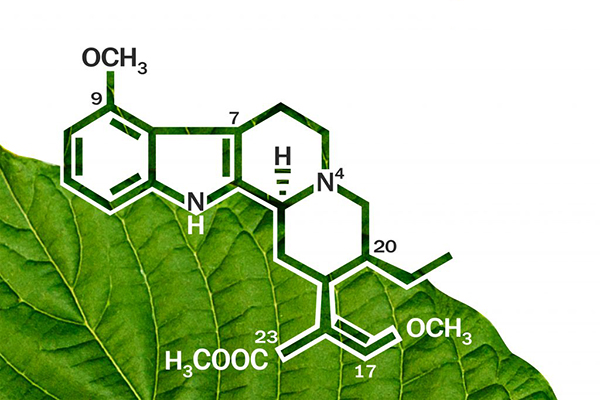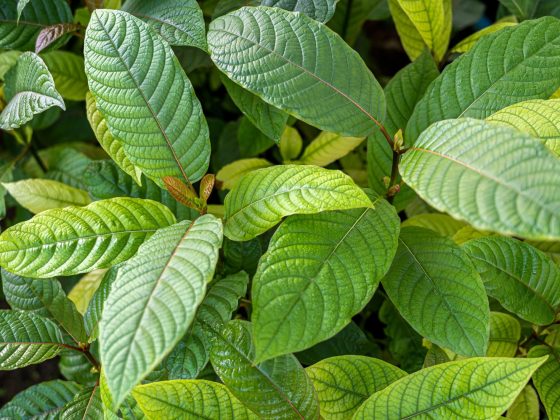Kratom, a botanical marvel originating from Southeast Asia, has gained popularity for its diverse effects and potential benefits. Beneath its leafy exterior lies a complex chemistry that holds the key to its unique properties. In this exploration, we delve into the science behind Kratom, shedding light on its active alkaloids and how these compounds intricately interact with the human body, influencing the herb’s potential effects.
Understanding Alkaloids: The Biochemical Architects
At the heart of Kratom’s magic are alkaloids, naturally occurring organic compounds found in various plants. These alkaloids are responsible for the diverse physiological effects that Kratom enthusiasts often experience. Mitragynine and 7-hydroxymitragynine are two primary alkaloids present in Kratom leaves, each playing a pivotal role in shaping its potential effects.
Mitragynine: The Architect of Relief
Mitragynine binds to the opioid receptors in the brain. Mitragynine exhibits a unique profile, potentially offering analgesic effects without the respiratory depression commonly associated with traditional alternitives. This interaction with opioid receptors contributes to Kratom’s reported pain-relieving properties.
Moreover, mitragynine’s influence extends beyond pain management. Some users report mood enhancement and increased energy levels, suggesting a broader spectrum of effects beyond its analgesic properties.
7-Hydroxymitragynine: Fine-Tuning the Experience
While present in smaller quantities, 7-hydroxymitragynine is a potent alkaloid that contributes significantly to Kratom’s effects. It is formed through the natural oxidation of mitragynine, enhancing the overall impact of the herb. 7-hydroxymitragynine is believed to be responsible for the sedative effects associated with certain Kratom strains, offering a potential solution for those seeking relaxation and stress relief.
The Synergy of Alkaloids: Crafting a Unique Experience
The magic of Kratom lies not just in the individual alkaloids but in their intricate synergy. The presence of various alkaloids, each with distinct properties, creates a nuanced and personalized experience for users. Different Kratom strains contain varying ratios of these alkaloids, contributing to the diverse range of effects observed across strains.
How Alkaloids Interact with the Body: The Journey Within
Upon consumption, Kratom alkaloids enter the bloodstream and eventually cross the blood-brain barrier. Once in the brain, they interact with the opioid receptors, influencing neurotransmitters and modulating the perception of pain and mood. The complexity of this interaction is what sets Kratom apart from other botanicals, offering a multifaceted experience that can be tailored to individual needs.
Responsible Use and Understanding Alkaloids: A Balancing Act
While the alkaloids in Kratom provide potential benefits, responsible use is paramount. Understanding that individual responses may vary, it’s crucial to start with conservative doses and gradually explore what works best for you. Regular users often emphasize the significance of respecting the plant and its alkaloid content to maximize the positive effects while minimizing potential drawbacks. We recommend purchasing your high quality kratom products from a reputable vendor like Trisprout.com.
In conclusion, the science behind Kratom is a fascinating journey into the world of alkaloids and their profound impact on the human body. Mitragynine and 7-hydroxymitragynine, working in harmony, shape the unique effects that Kratom enthusiasts cherish. As we continue to unravel the mysteries of this botanical treasure, a deeper appreciation for its complex chemistry emerges, offering a glimpse into the potential benefits it may provide to those seeking a natural path to well-being.
*Disclaimer: This Kratom blog emphasizes that the information shared in the blogs is for educational purposes and should not be seen as a substitute for professional medical advice. It highlights the variability in individual responses to Kratom and advises caution and responsible use. This disclaimer also reminds readers to be aware of the legal status of Kratom in their area and to stay informed about the latest research on Kratom. It concludes by stressing the importance of making informed and responsible decisions regarding Kratom use and seeking medical advice when necessary.*







